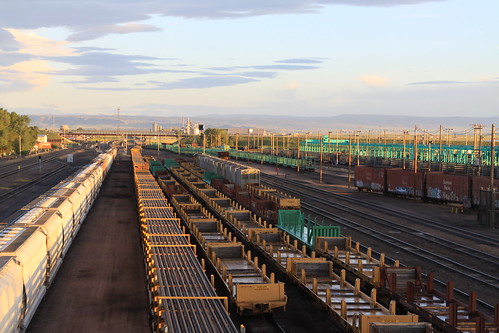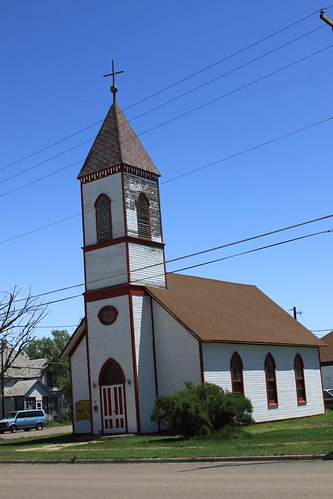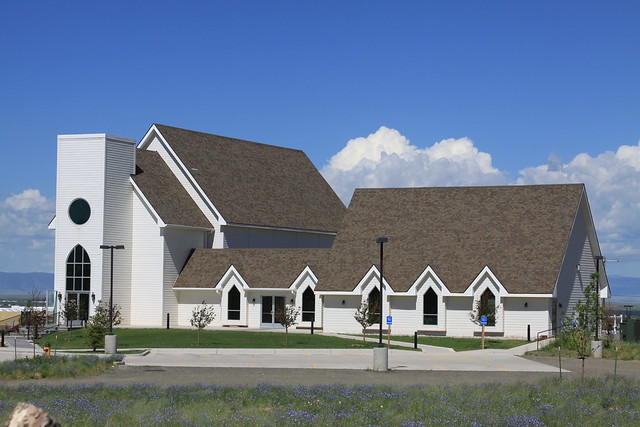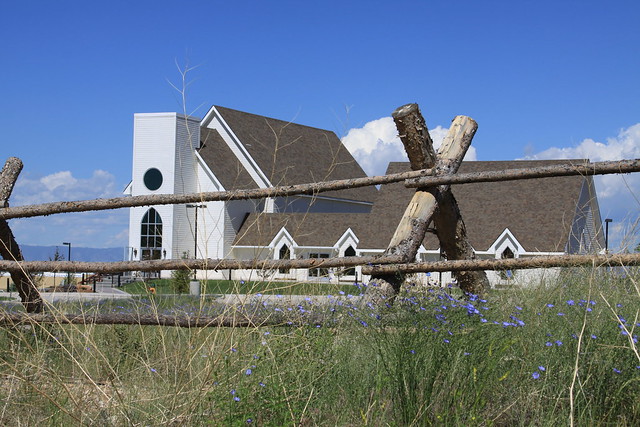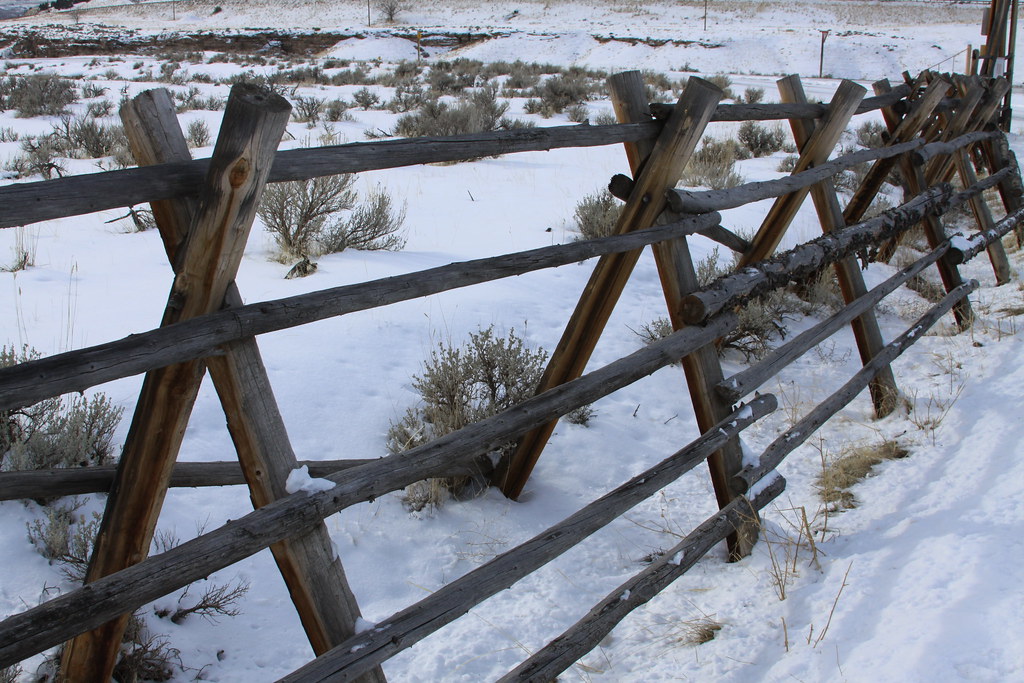To some degree, Laramie is indeed presented as a latter-day Grover's Corners, a cozy place where everyone appears to know everyone else's business and actually finds comfort in this. But if ''The Laramie Project'' nods conspicuously to Wilder, this play is ''Our Town'' with a question mark, as in ''Could this be our town?'' There are repeated variations by the citizens of Laramie on the statement ''It can't happen here,'' followed immediately by ''And yet it has.''--Ben Brantley, New York Times
Just for fun, and because I was avoiding reading things for my second field exam, I picked up a copy of Thornton Wilder's Our Town while I was staying with Coyote in Laramie. Although I personally love drama (my only complaint as an Anglo-Saxonist is that there are no plays) I hadn't really read any of Wilder's work before. My previous survey courses preferred the work of O' Neill and Arthur Miller, and so Wilder was squeezed out.
I found that I enjoyed Our Town more than I thought I would. Wilder takes a blank stage and fills it with all the imaginary geology, history and even shop fronts of a tiny New Hampshire town; then he populates that specific space with a strange allegory of individual lives. The Webbs and the Gibbs could be any two families in America, even though we know exactly where (on stage at least) the Stage Manager positions them. The Stage Manager even gives geographic coordinates for Grover's Corners; but its people are individuals only in how they relate to one another-- cousin, child, neighbor, parent, spouse-- and it is those relationships in the course of their lives that Wilder is interested in.
 But the reason that Our Town worked as an embodiment of the universal human experience was because it had an aura of utopia-- it seemed to be a "good place" [eu-topia in Greek] that reflected all the best parts of the American dream (and some of its problems) at the turn of the previous century. But, more importantly, for all its specificity and regional connection to New Hampshire, it was a "no-place" [ou-topia] that had no specific cultural coloring other than the ones which Thornton Wilder wanted it to have. Grover's Corners was a symbol; it was a specific but fictional community existing at coordinates well off the map of America which could hold all of the nation's ideals and faults in the same space and reflect them back on the culture as a whole. That was Wilder's genius: the landscape is American and it's real, but the specific location is not.
But the reason that Our Town worked as an embodiment of the universal human experience was because it had an aura of utopia-- it seemed to be a "good place" [eu-topia in Greek] that reflected all the best parts of the American dream (and some of its problems) at the turn of the previous century. But, more importantly, for all its specificity and regional connection to New Hampshire, it was a "no-place" [ou-topia] that had no specific cultural coloring other than the ones which Thornton Wilder wanted it to have. Grover's Corners was a symbol; it was a specific but fictional community existing at coordinates well off the map of America which could hold all of the nation's ideals and faults in the same space and reflect them back on the culture as a whole. That was Wilder's genius: the landscape is American and it's real, but the specific location is not. But Laramie, Wyoming is neither of these things, really; it has too many of its own idiosyncrasies and small town problems to really be a utopia in the sense of a good place (although it is very good.) And it is a real location. I know that was part of the appeal for using Laramie as a backdrop for the national dialogue on homosexuality for Kaufman, but I'm interested in the complicated mess it makes of things as I think about TLP. In what way does the factual location of Laramie, Wyoming complicate the kind of theater that Kaufman's striving for? In what ways does the town resist any translation into a symbolic space, and is it a good idea at all?
I would hereby like to submit charge number three in the Airing of Grievances:
3. Laramie is not Our Town.
We need to understand that this is, in some ways, an unfair question. Of course Laramie isn't Grover's Corners; it was never supposed to be. But it's still a natural enough association I want to look at the consequences. I don't know if this is going to be a real "grievance" by the time I'm done here, but I'm interested in what comes of it nonetheless. And so, on to the analysis!



